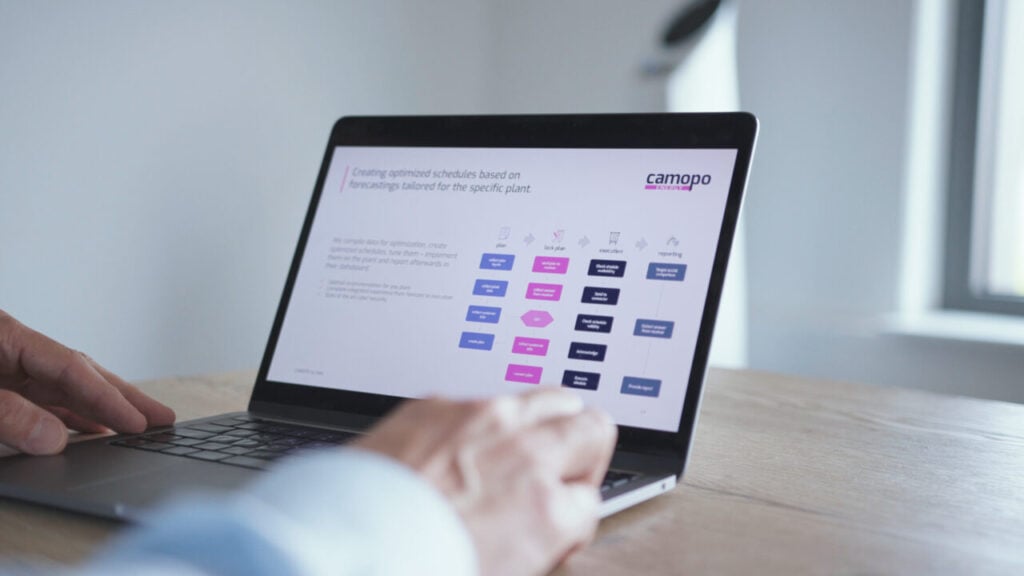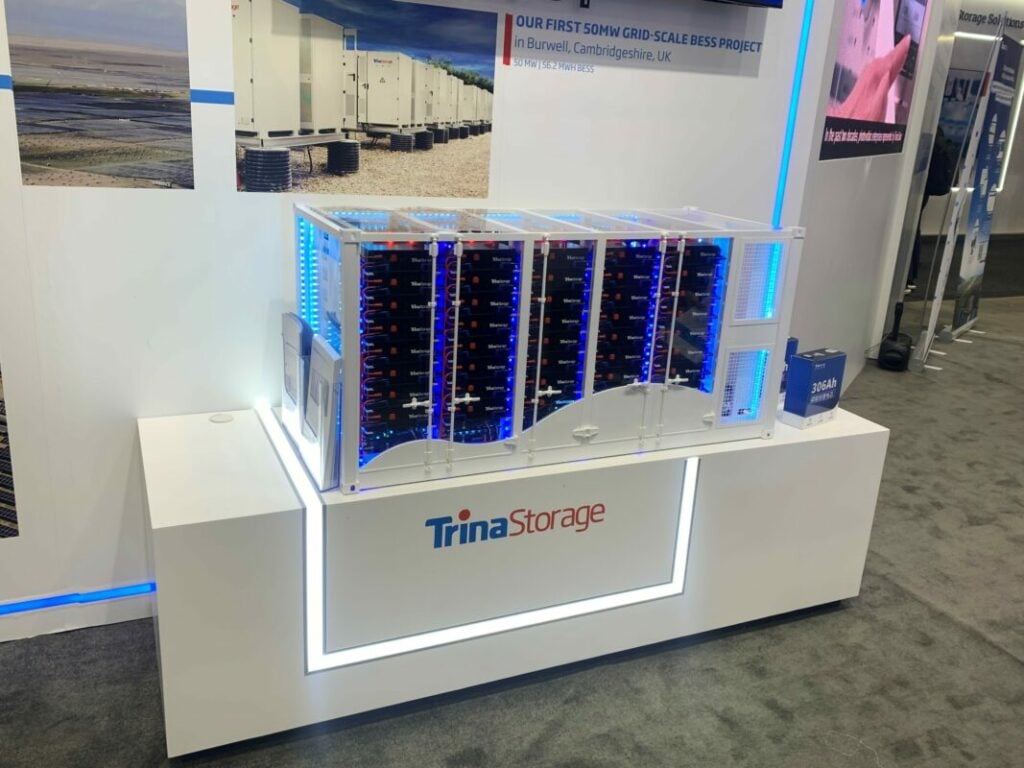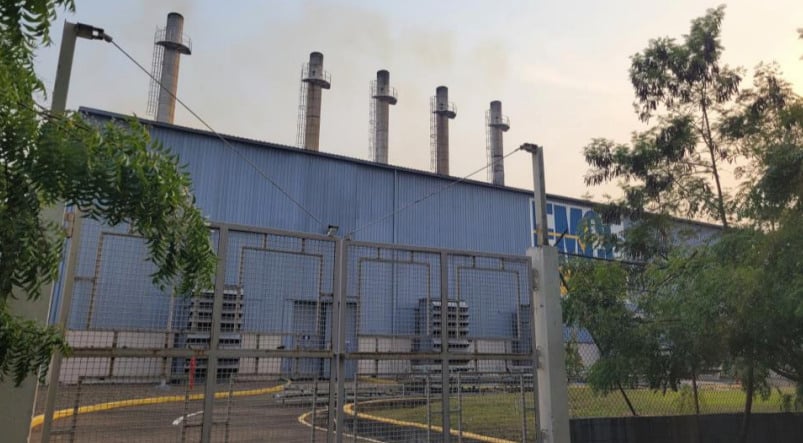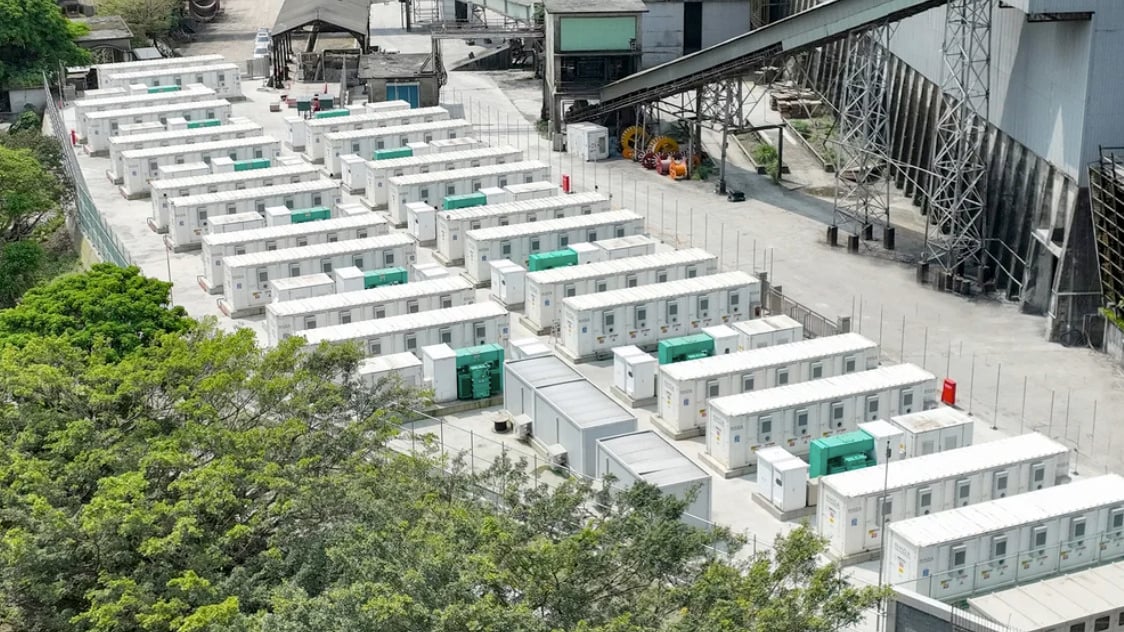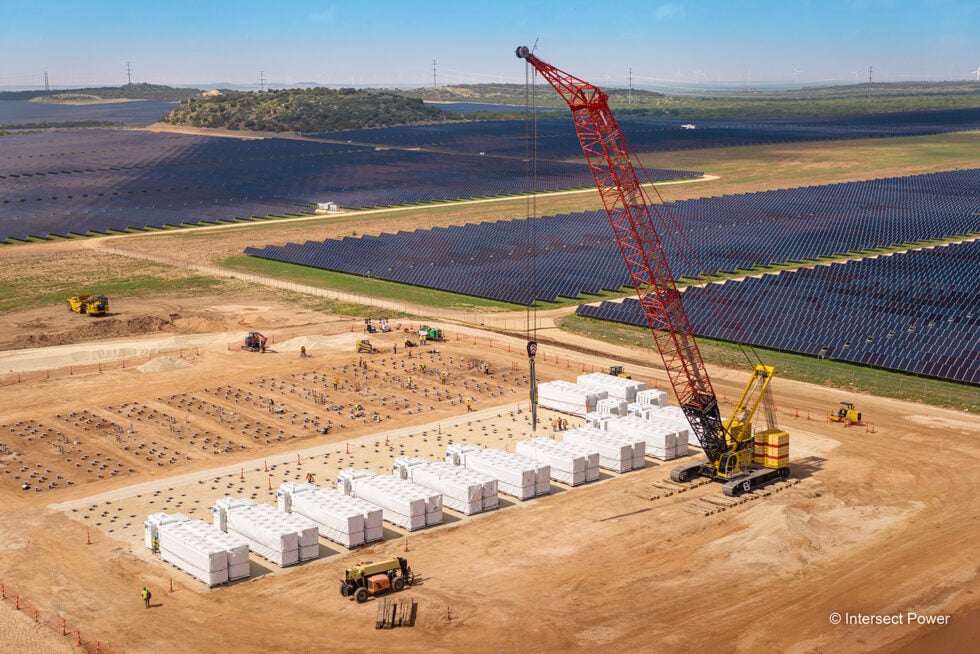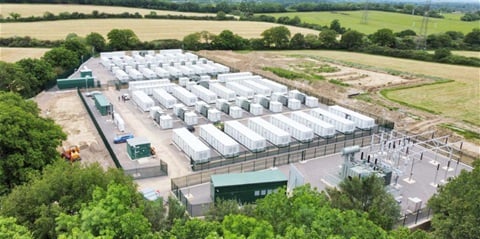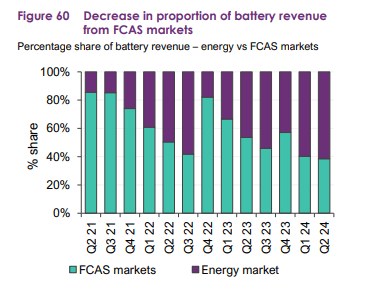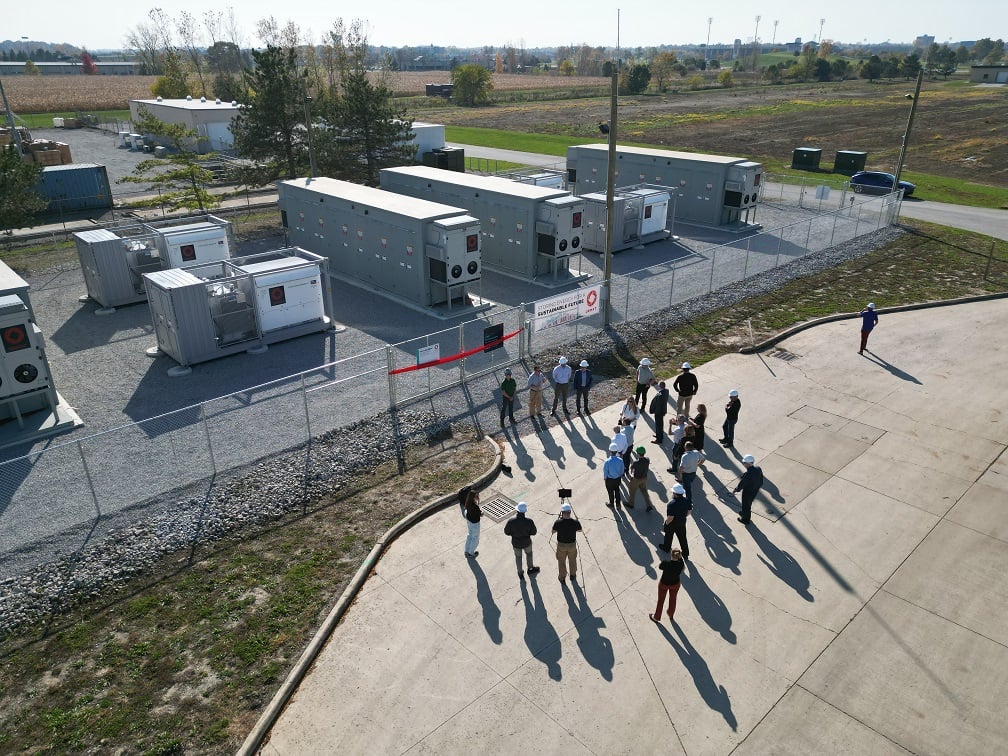Nevertheless, higher shares of renewable energy bring new challenges to the system that must be addressed to not slow down the additional integration of renewable projects necessary to achieve targets set all around the world.
The current situation: Traditional renewable generation plants, which used to generate steady profit, are struggling. Power producers are suffering from severe curtailments in solar PV-rich countries, such as Chile and Australia, and in Europe we are already observing increasing numbers of negative price hours, especially around noon.
The implications: Renewable generation plants have lower revenues and weaker business cases because they face the risk of low, zero, or negative prices when supply is high (low capture price rate) and cannot adapt their production flexibly.
In addition, the existing electricity grid is also increasingly suffering from congestion due to local overproduction. This results in curtailments, stability issues and limited and/or costly grid connections for new projects or for the expansion of existing plants. These are clear signals that the market demands more flexibility and will also pay for it. Some countries, like Chile and the UK, are ahead of others in this development, making swift regulatory changes, while other regions are still lagging.
The challenge: Future energy markets need more flexibility and would have many different energy market products to organise grid stability and balance the system based on renewable and inverter-based resources. Power producers in this respect must plan and operate competently to be economically successful in these evolving markets.
This involves the ability to provide grid services, exploiting the opportunities in spot markets, and avoiding curtailments. This variety clearly indicates that the energy generation of the future needs flexible solutions.
The solution: True flexibility through hybrid power plants
Only hybrid power plants offer real flexibility and adaptability. These kinds of power plants usually integrate one or more technologies such as solar, wind and energy storage but operate as a single unit.
The main difference between hybrids versus standalone and co-located plants is the integration of generator and storage with the requirement of a joint dispatch. Hybrid power plants offer numerous advantages:
Optimised use of generation capacity: By combining different energy sources and storage capacity, usable production can be maximised by charging the storage with surplus energy, which can be otherwise wasted due to limited grid interconnection capacity.
Adjustability during operation: Hybrid power plants can respond faster to market shifts and weather situations compared to standalone renewable generators.
Multiple revenue streams: Hybrid power plants perform revenue stacking by tapping into different revenue streams, significantly increasing their profitability.
Balanced operation: The storage system can also be used to avoid imbalance costs or to create a more valuable production profile.
In contrast, standalone or co-located plants are often less efficient because they cannot fully utilise the benefits of integration and shared dispatching.
We recommend the following expert article: ‘Co-location vs hybrid: Is the future of power plants a battle of business models?’
Cost-effectiveness of hybrid power plants through optimised schedules and revenue stacking
Hybrid power plants have huge potential and untapped opportunities that many developers and investors are still unaware of or are just starting to explore.
CAMOPO optimises and executes the most profitable dispatch strategy. Image: CAMOPO
These types of plants can boost profits, which can be fully exploited through precise calculations and a deep understanding of optimisation opportunities. Hybrid systems can access multiple revenue streams and adjust to market conditions, making them more attractive and profitable.
Most importantly, their flexibility allows them to adapt to market and regulatory changes in the medium and long-term. This helps to lower the risk of investing in a renewable energy project.
What distinguishes hybrid power plants?
With the integrated energy storage capacity, smartly operated hybrid power plants can decide when and how to use the energy produced by the renewable generator.
In addition, they are also capable of providing certain grid services. This feature requires active and optimised operation management of the plant. This can be realised by using a sophisticated energy management system (EMS) with an optimisation algorithm which adapts the output of the power plant dynamically, based on current conditions.
Their secret to success:
Is called revenue stacking: The aim is to make the most out of the given flexibility and generate multiple revenue streams. This includes participating in wholesale markets, balancing markets as well as engaging in various grid services.
What they need to be profitable:
Optimise daily operation and adjust it to the real situation: Based on forecast data and the respective market developments, the energy management strategy must be adjusted continuously to achieve the best economic utilisation.
The following graphic shows a respective schedule for a PV + BESS project with revenue stacking approach, from our CAMOPO Optimiser:
As seen above, even this 48-hour period is sufficient to recognise the complexity of revenue stacking, which is only doable with an automated energy management system and optimisation infrastructure.
The logic behind hybrid power plants is that they are operated as a single unit and the dispatching must be optimised continuously. The number and possibilities of revenue streams vary depending on the country or grid’s regulation and market conditions.
Hybrid power plants are the future
Hybrid power plants are the future for independent power producers (IPPs), because they provide the necessary flexibility to respond to the rapidly changing conditions of energy markets. By combining different energy sources, such as solar PV and battery storage systems (BESS) or wind energy and BESS, hybrid power plants can maximise their production while minimising operating costs.
This flexibility allows IPPs to create multiple revenue streams by operating in different markets and offering additional services such as grid stability. In a market environment that increasingly values flexibility and efficiency, hybrid power plants are ideally positioned to offer sustainable and profitable solutions.
CAMOPO: one of the world’s leading hybrid optimisers
For several years, CAMOPO has been specialised in the optimisation of hybrid power plants with its software solution and operates worldwide as an independent product of SMA, yet benefiting from SMA’s substantial know-how of managing complex power systems.
CAMOPO, as an automated brain, plans, optimises and executes steadily the most profitable dispatch strategy and thus increases the return for investors and operators. Here are two reference cases that illustrate the effectiveness of CAMOPO:
Reference case 1: Chilean IPP
A Chilean IPP contacted CAMOPO to conduct an optimisation study. The aim was to increase the profitability of its planned plant (PV+BESS) through an energy management system (EMS). The results were impressive:
With 8% cost of capital, the net present value (NPV) of the investment would turn negative without an optimised strategy.
The expected internal rate of return (IRR) over the lifetime of the battery (15 years) increased by 4.6% with the optimised CAMOPO-EMS strategy.
With the optimised CAMOPO strategy, the NPV of the storage system increased by US$14 million to US$10.7 million, jumping strongly from the negative NPV zone to the positive, making the investment profitable.
Reference case 2: Power purchase agreement (PPA) with constant power output profile
An IPP wanted to build and operate a PV+BESS power plant to meet a PPA with a specific production profile:
The objective was to realise the specific production profile and avoid penalties for deviations from the profile. The optimised energy management strategy resulted in:
7% more revenue through improved use of generation capacity
Mitigation of penalties during operation
Up to 9% more IRR with hybrid and CAMOPO optimisation
In a case study for Pelion Green Future, involved in IslandGP, Tion etc., among others, it was investigated how an AC-coupled BESS addition can increase the profitability of a PV system.
The result: The IRR expectation for this battery investment is between 4.8% and 9%, depending on the scenario chosen and the use of multi-market strategies. Hear from our customer how they benefited from working with CAMOPO and the value that we added.
[embedded content]
The result
The future of power generation lies in hybrid power plants that combine flexibility and boost profitability. CAMOPO impressively demonstrates how optimised schedules and revenue stacking can make hybrid power plants profitable.
We invite all interested parties to a free initial consultation. Contact us at [email protected] to learn more and maximise the potential of your investments.
About the Authors
Isabella Caschetto is a product manager at SMA Solar Technology AG and responsible for CAMOPO.com, a commercial optimisation software for hybrid power plants. Her focus is on the development of digital products and business models related to the integration of renewables into the energy market. This includes especially solutions for the optimised plant operation of power plants. She has extensive experience in the energy market and energy management and previously worked as an energy consultant for industrial customers.
Dominic Multerer supports and advises CAMOPO on commercial topics with a focus on marketing, sales, and strategic orientation. He supports to integrate the CAMOPO software solution in SMA AG’s global solutions portfolio for Large Scale Projects. For CAMOPO, he is the first point of contact for interested investors, developers, IPPs, etc. With his experience in building new and digital business models, he is a valuable support to the team and is very familiar with the subject matter.


